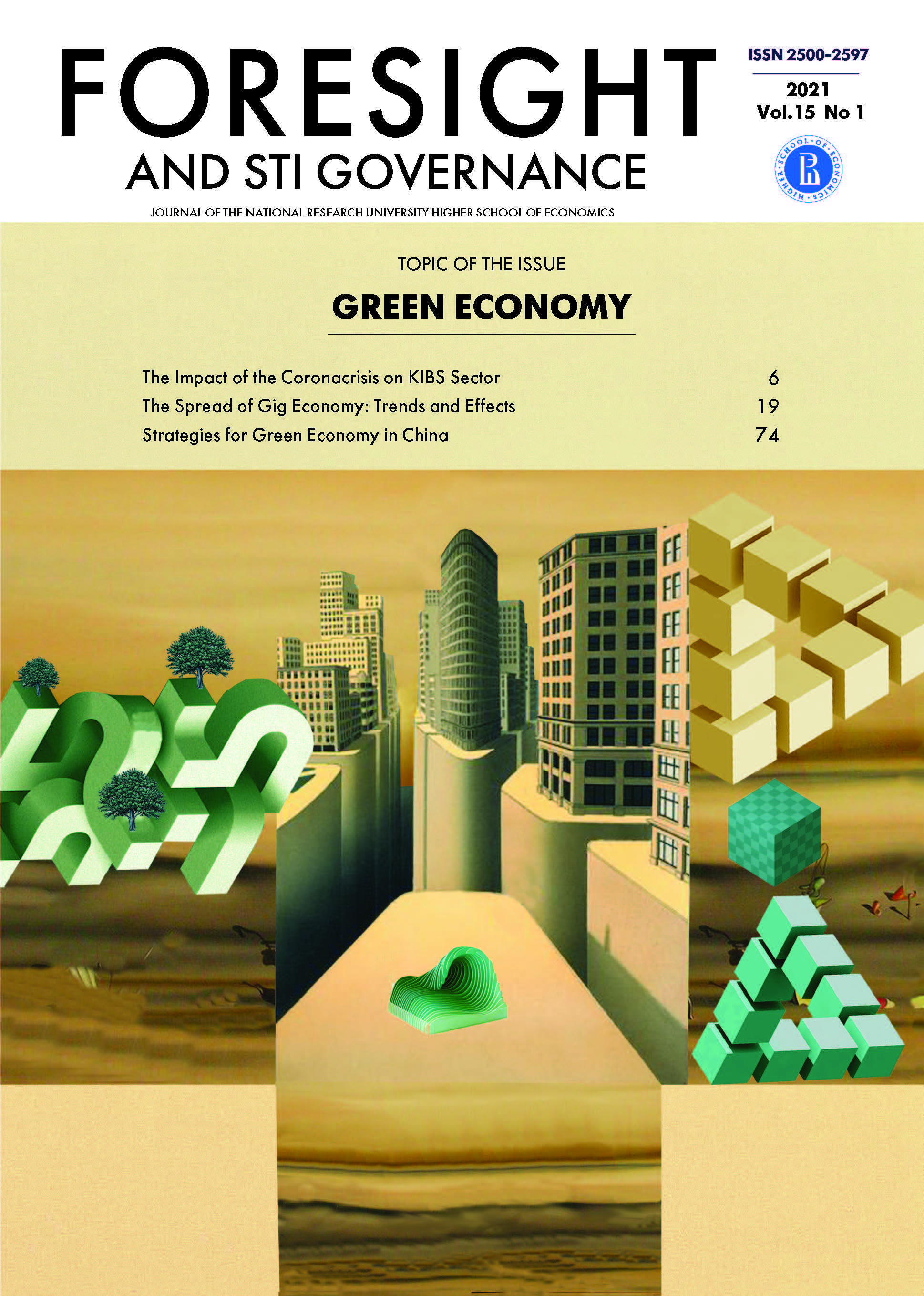Abstract
This study analyzes the diffusion of battery electric vehicles (BEV) in the world and evaluates the vehicle charging stations based on the European Union (EU) scenario. Initially, the global BEV sales data from 2005 to 2018 are fitted with the two most frequently used econometric logistics and Bass diffusion models. Further, the study identifies the different stage adopters, forecasts the consumption of BEVs, and examines the velocity and acceleration of BEV diffusion. Finally, future charging stations are examined to meet the BEV sales demand. Results suggest that the adoption of BEVs demonstrates a better fit on the Bass model where the global BEV market is estimated to grow from 5,3 millions in 2019 to near 40 millions units by 2030, and with the reference of the EU countries’ adoption scenario, the global charging stations will be increased from near 2 millions in 2019 to near 10 millions units by 2030.
References
Adnan N., Nordin S.M., Rahman I., Vasant P.M., Noor A. (2017) A comprehensive review on theoretical framework-based electric vehicle consumer adoption research. International Journal of Energy Research, 3640. DOI: https://doi.org/10.1002/er.3640
Ahman M. (2006) Government policy and the development of electric vehicles in Japan. Energy Policy, 34(4), 433-443. DOI: https://doi.org/10.1016/j.enpol.2004.06.011
Al-Alawi B.M., Bradley T.H. (2013) Review of hybrid, plug-in hybrid, and electric vehicle market modeling Studies. Renewable and Sustainable Energy Reviews, 21, 190-203. DOI: https://doi.org/10.1016/j.rser.2012.12.048
Arndt J. (1967) Role of Product-Related Conversations in the Diffusion of a New Product. Journal of Marketing Research, 4(3), 291-295. DOI: https://doi.org/10.2307/3149462
BNK Securities (2019) Detecting new changes and distribution of electric vehicles, South Korea. Busan: BNK Securities (in Korean).
Bansal R.C. (2017) Electric vehicles. In: Handbook of Automotive Power Electronics and Motor Drives. (ed. A. Emadi), London: Taylor and Francis, 55-96. DOI: https://doi.org/10.1201/9781420028157
Bass F.M. (1969) A New Product Growth for Model Consumer Durables. Management Science, 15, 215-227. DOI: https://doi.org/10.1287/mnsc.15.5.215
Daziano R.A., Chiew E. (2012) Electric vehicles rising from the dead: Data needs for forecasting consumer response toward sustainable energy sources in personal transportation. Energy Policy, 51, 876-894. DOI: https://doi.org/10.1016/j.enpol.2012.09.040
Dijk M., Orsato R.J., Kemp R. (2013) The emergence of an electric mobility trajectory. Energy Policy, 52, 135-145. DOI: https://doi.org/10.1016/j.enpol.2012.04.024
Fisher J.C., Pry R.H. (1971) A simple substitution model of technological change. Technological Forecasting and Social Change, 3, 75-88. DOI: https://doi.org/10.1016/S0040-1625(71)80005-7
Frank L.D. (2004) An analysis of the effect of the economic situation on modeling and forecasting the diffusion of wireless communications in Finland. Technological Forecasting and Social Change, 71, 391-403. DOI: https://doi.org/10.1016/S0040-1625(02)00392-X
Griliches Z. (1957) Hybrid Corn: An Exploration in the Economics of Technological Change. Econometrica, 25(4), 501-522. DOI: https://doi.org/10.2307/1905380
Hertzke P., Muller N., Schenk S., Wu T. (2018) The global electric-vehicle market is amped up and on the rise, New York: McKinsey Co.
IEA (2019) Global EV Outlook 2019: Scaling-up the transition to electric mobility, Paris: International Energy Agency.
Liao F., Molin E., van Wee B. (2017) Consumer preferences for electric vehicles: A literature review. Transport Reviews, 37(3), 252-275. DOI: https://doi.org/10.1080/01441647.2016.1230794
Liu Y., Klampfl E., Tamor M.A. (2013) Modified bass model with external factors for electric vehicle adoption (SAE Technical Paper), Warrendale, PA: SAE International. DOI: https://doi.org/10.4271/2013-01-0505
Loisel R., Pasaoglu G., Thiel C. (2014) Large-scale deployment of electric vehicles in Germany by 2030: An analysis of grid-to-vehicle and vehicle-to-grid concepts. Energy Policy, 65, 432-443. DOI: https://doi.org/10.1016/j.enpol.2013.10.029
Mahajan V., Muller E., Bass F.M. (1991) New Product Diffusion Models in Marketing: A Review and Directions for Research. In: Diffusion of Technologies and Social Behavior (eds. N. Nakicenovic, A. Grubler), Heidelberg, New York, Dordrecht, London: Springer, 125-177. DOI: https://doi.org/10.1007/978-3-662-02700-4_6
Mahmoudzadeh Andwari A., Pesiridis A., Rajoo S., Martinez-Botas R., Esfahanian V. (2017) A Review of Battery Electric Vehicle Technology and Readiness Levels. Renewable and Sustainable Energy Reviews, 78, 414-430. DOI: https://doi.org/10.1016/j.rser.2017.03.138
Nezamoddini N., Wang Y. (2016) Risk management and participation planning of electric vehicles in smart grids for demand response. Energy, 116(1), 836-850. DOI: https://doi.org/10.1016/j.energy.2016.10.002
Ortar N., Ryghaug M. (2019) Should all cars be electric by 2025? The electric car debate in Europe. Sustainability, 11(7), 1868. DOI: https://doi.org/10.3390/su11071868
Rao K.U., Kishore V.V.N. (2010) A review of technology diffusion models with special reference to renewable energy technologies. Renewable and Sustainable Energy Reviews, 14(3), 1070-1078. DOI: https://doi.org/10.1016/j.rser.2009.11.007
Rezvani Z., Jansson J., Bodin J. (2015) Advances in consumer electric vehicle adoption research: A review and research agenda. Transportation Research Part D: Transport and Environment, 34, 122-136. DOI: https://doi.org/10.1016/j.trd.2014.10.010
Rogers E. (1983) Difussion of Innovations, New York: Free Press.
Scrosati B., Garche J., Tillmetz W. (2015) Advances in Battery Technologies for Electric Vehicles, Amsterdam: Elsevier. DOI: https://doi.org/10.1017/cbo9781316090978.005
Shen Z.-J.M., Feng B., Mao C., Ran L. (2019) Optimization models for electric vehicle service operations: A literature review. Transportation Research Part B: Methodological Volume, 128, 462-477. DOI: https://doi.org/10.1016/j.trb.2019.08.006
Vinet L., Zhedanov A. (2010) A missing family of classical orthogonal polynomials. Journal of Physics A: Mathematical and Theoretical, 44(8), 085201. DOI: https://doi.org/10.1088/1751-8113/44/8/085201
Wansart J., Schnieder E. (2010) Modeling market development of electric vehicles. In: Proceedings of the 2010 IEEE International Systems Conference, San Diego, CA: IEEE, 371-376. DOI: https://doi.org/10.1109/systems.2010.5482453
Zhu Z., Du H. (2018) Forecasting the Number of Electric Vehicles: A Case of Beijing. In: IOP Conference Series: Earth and Environmental Science, 170(4), 042037. DOI: https://doi.org/10.1088/1755-1315/170/4/042037
Миловидов В. (2019) Инновации, устойчивый рост и энергетика: возможен ли цивилизационный рывок? Форсайт, 13(1), 62-68. DOI: https://doi.org/10.17323/2500-2597.2019.1.62.68
Филиппов С. (2018) Новая технологическая революция и требования к энергетике. Форсайт, 12(4), 20-33. DOI: https://doi.org/10.17323/2500-2597.2018.4.20.33

This work is licensed under a Creative Commons Attribution 4.0 International License.

